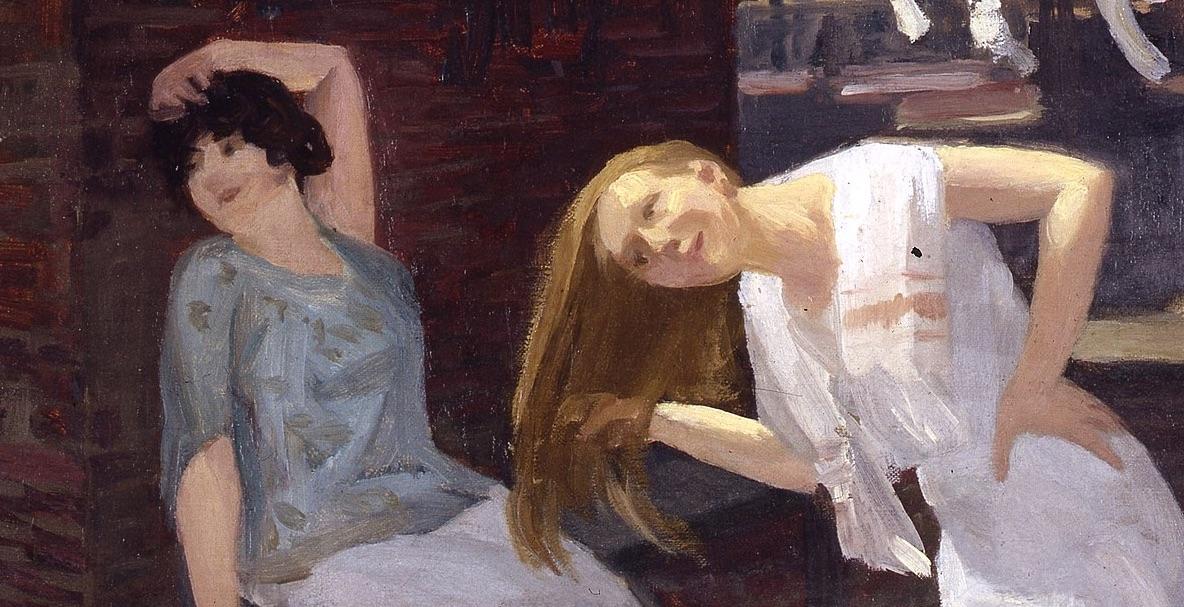Sloan began his artistic career copying the works of great masters, including the animal portraits by Albrecht Dürer, but he later began capturing scenes of immigrant life.
The artist was a founder of the Ashcan School, an artistic group that depicted urban centers set apart from the extreme elite classes that paid other artists exorbitant sums to paint their sprawling mansions.
Sloan’s studio in Manhattan’s lower east side overlooked Cornelia Street, and from his window he could see the “the human comedies which were regularly staged for my enjoyment by the humble roof-top players of Cornelia Street,” Sloan noted at the time.
Cornelia Street is best known today by many readers as the subject of a Taylor Swift song about her 5,500 sq. ft. rental on the street for which she paid roughly $40,000 monthly.


























